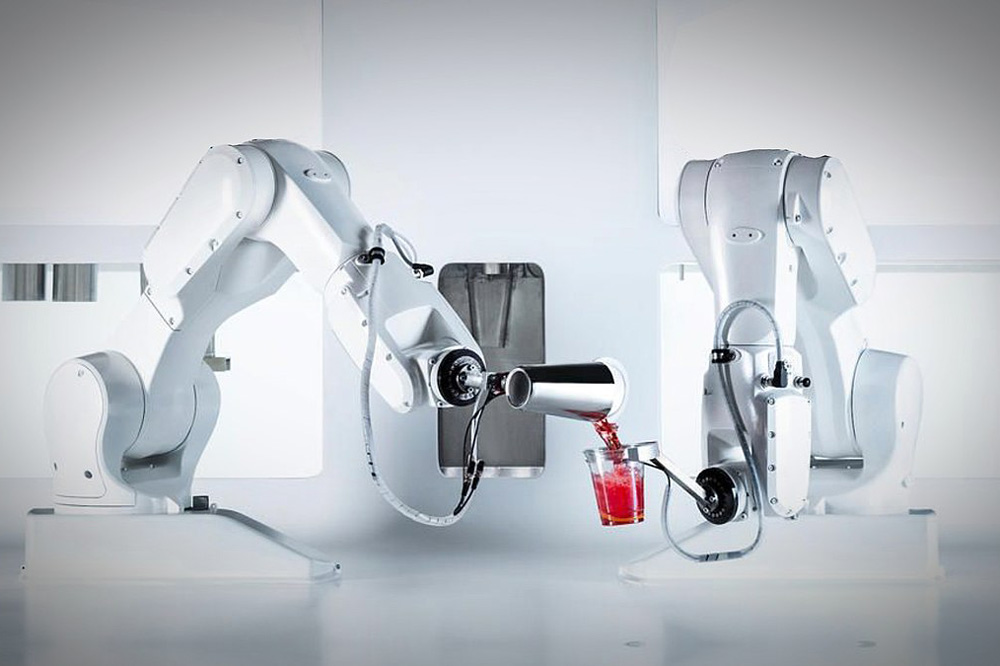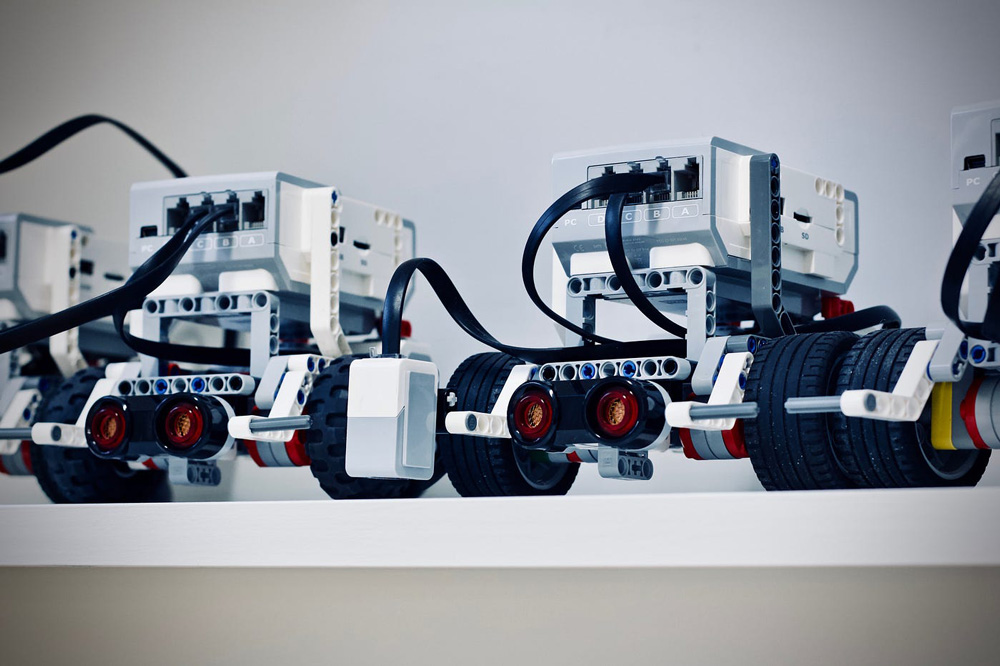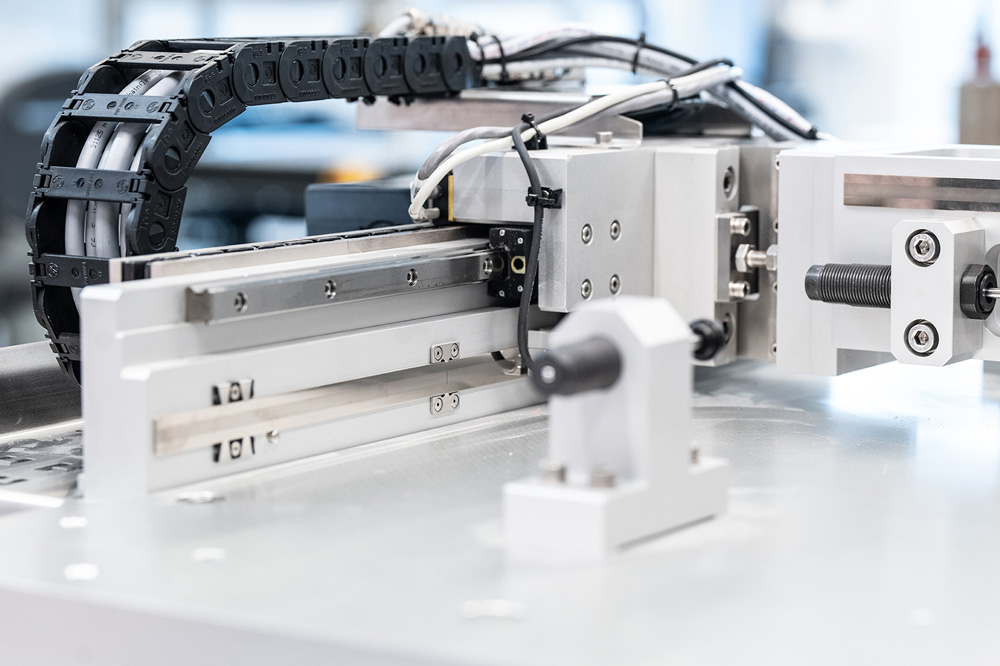The mechatronics digital prototyping in the packaging industry is becoming increasingly important, with the potential to transform every aspect of the packaging process, from design and production to distribution and consumer engagement.
The Need for Mechatronics Digital Prototyping in the Packaging Industry

- Efficiency and Automation: Digital technologies such as computer-aided design (CAD) software, digital printing, and automated packaging systems simplify processes and reduce manual labor, which can increase production speed, reduce error rates, and improve overall efficiency.
- Customization and Personalization: Digital technology can easily customize packaging design, labeling and branding, enabling brands to create personalized experiences for consumers and respond faster to market trends.
- Augmented Design and Innovation: Digital tools facilitate advanced packaging design, enabling complex shapes, interactive elements, and augmented reality features, facilitating innovation and differentiation in the competitive market.
- Supply Chain Visibility: Technologies such as RFID (radio frequency identification) and QR codes enable real-time track and trace of products throughout the supply chain, increasing transparency, reducing counterfeiting, and enhancing quality control.
- Smart Packaging: Digital technology has facilitated the development of smart packaging, with features such as temperature sensors, freshness indicators, and interactive labels, enhancing consumer engagement and ensuring product quality.
- Data Analysis: Digital tools provide valuable data insights to help brands understand consumer preferences, purchase patterns and market trends, and data-driven methods provide information for packaging decisions and marketing strategies.
- Sustainability and Waste Reduction: Digital technology helps optimize packaging design, minimizing material usage while maintaining functionality. Additionally, it supports initiatives to reduce packaging waste and switch to more sustainable materials.
- E-commerce and Direct-to-Consumer: The rise of online shopping requires ensuring that products arrive in their packaging intact. Digital technology has enabled packaging design suitable for e-commerce, while also enabling a personalized unboxing experience.
- Consumer Engagement: Interactive packaging, QR codes and NFC (Near Field Communication) tags enable brands to interact directly with consumers with product information, promotions and other content.
- Predictive Maintenance: Digital technology helps to monitor and maintain packaging machinery, prevent downtime and optimize production processes through predictive maintenance.
Essentially, the integration of digital technologies increases efficiency, innovation, consumer engagement and overall competitiveness in a rapidly evolving environment, enabling the packaging industry to adapt to changing consumer expectations, market dynamics and sustainability goals.
What is Mechatronics Digital Prototyping?
Mechatronics digital prototyping refers to the process of creating a virtual prototype of a mechatronic system using digital tools and simulation techniques prior to physical realization. Mechatronics is a multidisciplinary field that combines mechanical engineering, electronics, computer science and control engineering to design and create complex systems involving mechanical components and electronics.
In digital prototyping, mechatronics refers to a system with mechanical components, sensors, actuators, and control algorithms, often integrated with software. Digital prototyping involves the use of computer-aided design (CAD), simulation and modeling software to design, visualize and test these systems in a virtual environment prior to physical fabrication and assembly.

Key components of a mechatronics digital prototype include:
- Computer-aided Design (CAD): CAD software is used to create detailed 3D models of mechanical components, electronic circuits, and other components of mechatronic systems, providing a visual representation of how the different parts fit together and interact.
- Simulation Tools: Simulation software allows engineers to create virtual prototypes of mechatronic systems and simulate their behavior under various conditions, including testing how mechanical parts move, how sensors respond to inputs, and how control algorithms work.
- Control System Modeling: Electromechanical systems often involve complex control algorithms to coordinate the interaction between mechanical and electronic components, which facilitates the design and verification of these algorithms in a virtual environment.
- Component Integration: A digital prototype can integrate mechanical, electronic, and software components to ensure they work in harmony, helping to identify potential conflicts or design flaws early in the development process.
- Visualization: Virtual prototyping provides realistic visualization of the operation of mechatronic systems, helping designers and stakeholders understand how the final product will behave.
- Test and Analysis: Engineers can conduct various tests and analyzes on the virtual prototype to evaluate its performance, efficiency, safety and other parameters.
- Iterative Design: Digital prototyping enables quick and efficient iterative design, making it easier to refine and optimize systems before physical manufacturing.
- Cost and Time Savings: Identifying and resolving issues in the virtual environment reduces the need for costly physical prototypes and modifications.
Mechatronics digital prototyping speeds up the design process, improves product quality, and reduces the risk of errors, and is especially valuable for the design and development of complex systems such as robotics, automated manufacturing equipment, consumer electronics, and automotive systems, ultimately leading to better Efficient and more successful mechatronics products.
How Mechatronics Digital Prototyping Driving the Packaging and Labeling Industry?
Mechatronics digital prototyping plays an important role in advancing the packaging and labeling industry by revolutionizing the way packaging systems and labeling solutions are designed, tested and implemented.

- Design Optimization: mechatronics digital prototyping allows packaging and labeling systems to be designed and optimized in a virtual environment prior to physical manufacturing, leading to more efficient designs, taking into account space utilization, ergonomics, and mechanical and electronic components factors such as integration.
- Rapid Prototyping: Virtual prototyping enables rapid iterative design changes, speeds up development cycles, and enables faster response to market needs, thereby reducing the time required to develop functional prototypes.
- Integrated Systems: Packaging and labeling solutions often involve the integration of mechanical conveyors, sensors, actuators, robots, and control systems, with digital prototyping ensuring components work together seamlessly, minimizing conflicts and improving overall system performance.
- Testing and Validation: Mechatronic digital prototyping enables full testing of packaging and labeling systems in a simulated environment. Engineers can evaluate how different components interact, predict potential issues and improve designs to ensure optimal functionality.
- Reduce Costs: Identifying and correcting design flaws at the virtual stage helps avoid costly modifications in the physical manufacturing process, reducing waste, improving resource utilization, and saving overall costs.
- Efficient Resource Allocation: By virtual modeling of packaging and labeling processes, companies can allocate resources more efficiently, such as optimizing production line layout, determining equipment requirements, and estimating energy consumption.
- Realistic Visualization: Digital prototyping provides realistic visualization of the packaging line, helping stakeholders visualize how products will move through the line, how labels will be applied, and how machinery will interact.
- Risk Mitigation: Digital prototyping can identify and mitigate potential risks prior to implementation, such as addressing safety concerns, evaluating equipment failure scenarios, and ensuring compliance.
- Customization and Flexibility: The packaging industry often requires customization to accommodate different product sizes and shapes. Mechatronic digital prototyping can be quickly adapted to packaging and labeling solutions for different products without extensive redesign.
- Smart Packaging and Labeling: Mechatronic digital prototyping facilitates the development of smart packaging with embedded sensors and labels that interact with consumers, enabling features such as real-time tracking, freshness monitoring, and engagement through mobile apps.
- Reduced Time to Market: The ability to iterate design and testing can actually shorten development cycles, allowing companies to bring innovative packaging and labeling solutions to market faster.
- Sustainability: Digital prototyping can help design more sustainable packaging and labeling solutions by optimizing material usage, minimizing waste and reducing energy consumption.
Conclusion
Mechatronics digital prototyping, which facilitates collaboration between multidisciplinary teams and improves product quality, is changing the packaging and labeling industry by providing more efficient, reliable and innovative solutions, and improving overall competitiveness in a rapidly evolving market.


